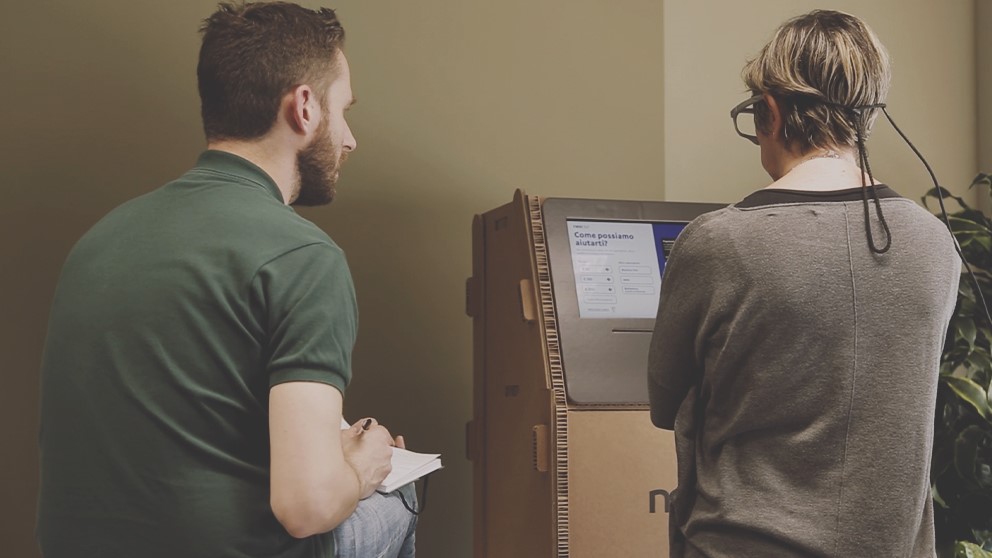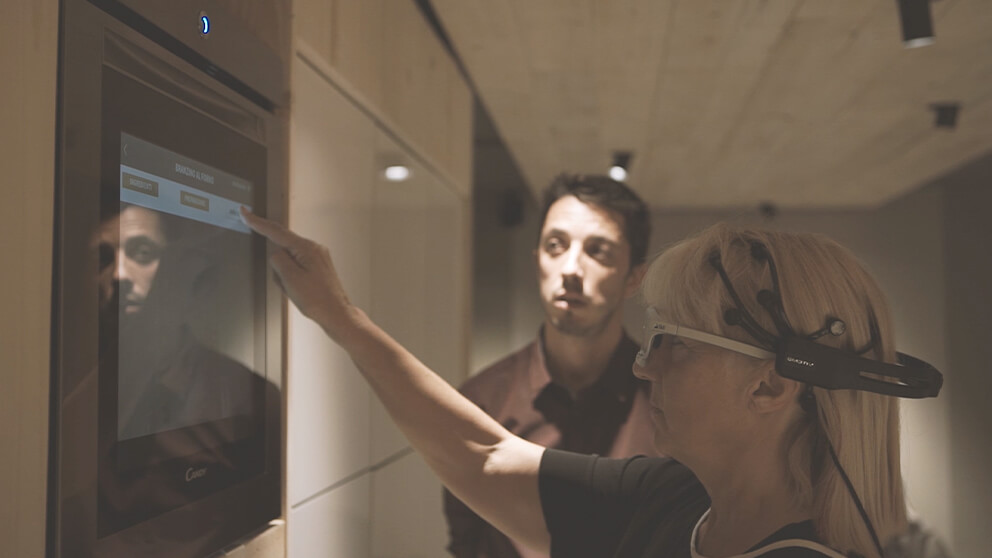The importance of the facilitator in understanding the behavior of the participants and in defining improvement solutions for the user experience

The usability test evaluates the quality of the interaction between people and products, with the aim of identifying any problems or difficulties of use and defining solutions to improve the experience of end users. The usability test involves direct observation of user behavior while using the product, with the application of data recording and analysis techniques, in order to obtain useful information for designing and optimizing the experience.
Normally the usability test consists of a test plan which indicates the tasks to be completed by the participant. This activity is managed by a facilitator, the expert who conducts the testing experience alongside the customer/prospect.
In the absence of a facilitator, the participant is given a list of questions, and he will limit himself to completing the task, without further possibilities for further study. At the end of this type of experience, we will mainly have information on the number of tasks completed and the time needed to complete them.
The presence of a facilitator, on the other hand, introduces a series of elements linked to the reason for which the task was designed. The task assumes a series of steps to be completed. In this scenario a good facilitator uses funnel logic. Starting from the test plan question, an attempt is made to provide a minimum number of information to the participant, and as we see his difficulty increase, facilitating elements are introduced. The more elements are necessary, the less it means that the experience can be considered effective.
The conduct of the facilitator allows to put the participant at ease and to avoid that the stress, deriving from the inability to complete some tasks, can also be reflected on all the other subsequent experiences. It is not necessary to leave the participant unable to complete the tasks to demonstrate that a good experience has not been created. Sometimes phrases like “I would normally ask for help” or “I would go google” are enough to make us understand that we have not been able to respond to the needs of the participants.
A further precaution that the facilitator should have is to adapt as much as possible to natural experiences, to favour a concept of proximity to reality. During the activity, the facilitator not only adapts the order of the questions in the test plan to the participant’s experience, leaving him free to follow the flow that comes most naturally to him, but also seizes the most appropriate moment to ask questions about the pain points that have generated the task.

In these scenarios, realizing how important it can be to understand when and how to intervene, without negatively impacting the test, TSW’s approach is to have the activities carried out by personnel who, in addition to being experts in usability issues, have a in psychology. This dual competence allows us to guarantee the quality of the relationship established with the participant and the ability to adequately investigate the issues under investigation.
All of this fits into a framework of possible activities that can be managed physically or remotely. It is clear that the physical presence, alongside the participant, allows us to enter a level of harmony that is not accessible remotely. However, it is equally clear that when there is a need to promptly conduct geolocated test activities in different regions (or states), the activity can be managed remotely. Rarely, however, in our experience and our approach, can a usability test, managed remotely without the presence of the facilitator, achieve acceptable results.
Not having an intermediary means in fact losing the opportunity to explore those elements, linked to the motivation that underlies certain behaviors, which constitute for the company the baggage of information that enrich the knowledge of its audience.
In defining the most suitable methodology, we must not forget that the essential element is the real experience of the end user. The most important thing is knowing how to give people the opportunity to express their needs. It is we researchers who must make our listening methods closer to the needs of users, to influence them as little as possible and at the same time to have solid data.